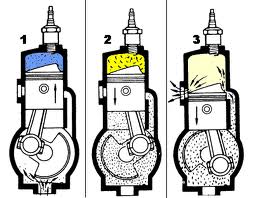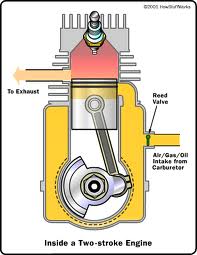Fuel Economy Tip 6
 Our sixth installment of fuel saving tips for boating enthusiasts is another critical step in ensuring you’re spending less at the pump this boating season. It’s really a no-brainer, but you’d be surprised at how often people forget this important money saving piece. It’s absolutely essential that you get to know and understand all of your gauges. When you know your gauges you’ll be able to better study them.
Our sixth installment of fuel saving tips for boating enthusiasts is another critical step in ensuring you’re spending less at the pump this boating season. It’s really a no-brainer, but you’d be surprised at how often people forget this important money saving piece. It’s absolutely essential that you get to know and understand all of your gauges. When you know your gauges you’ll be able to better study them.
Readings like speed, rpm and fuel consumption will give you the information you need to easily find your boat’s ideal planning speed. If you’ve installed a fuel flow meter you can even monitor fuel usage in real time. This gives you a huge advantage as it allows for accurate adjustment of trim and throttle. The bottom line is, the better you know your gauges the better equipped you’ll be to make navigational and operational decisions while on the water. And don’t forget the optimum outboard motor oil to further maximize your fuel savings.











